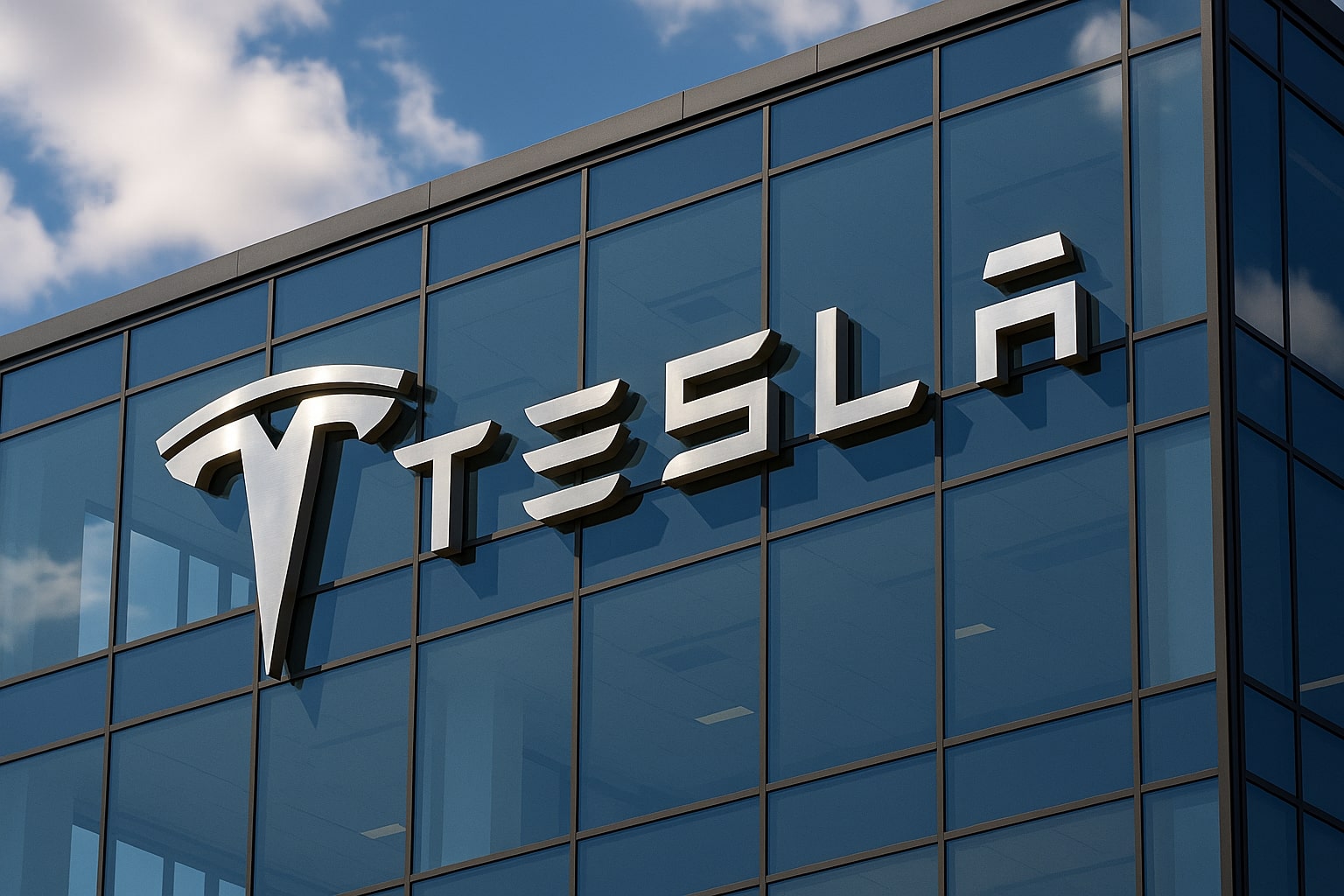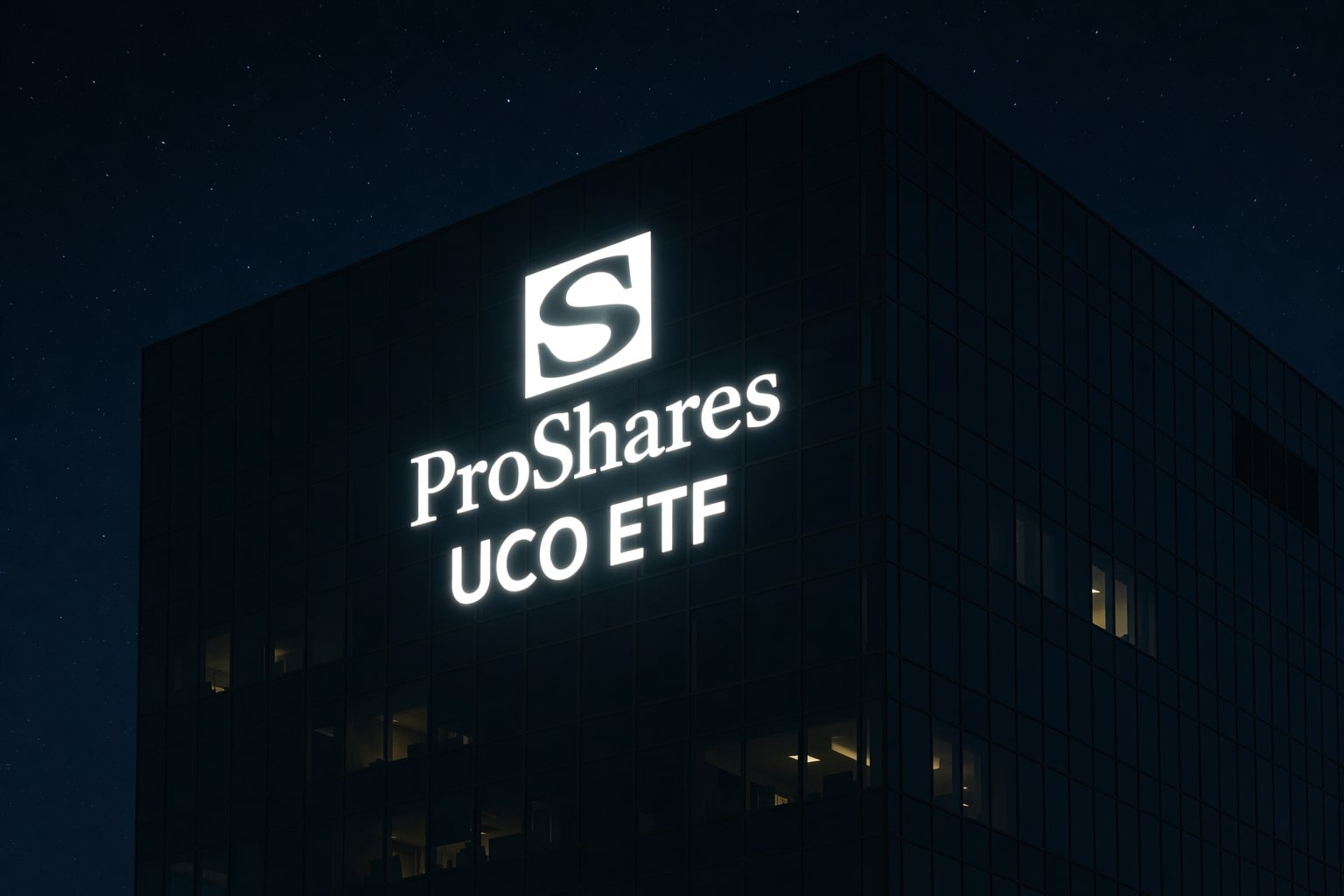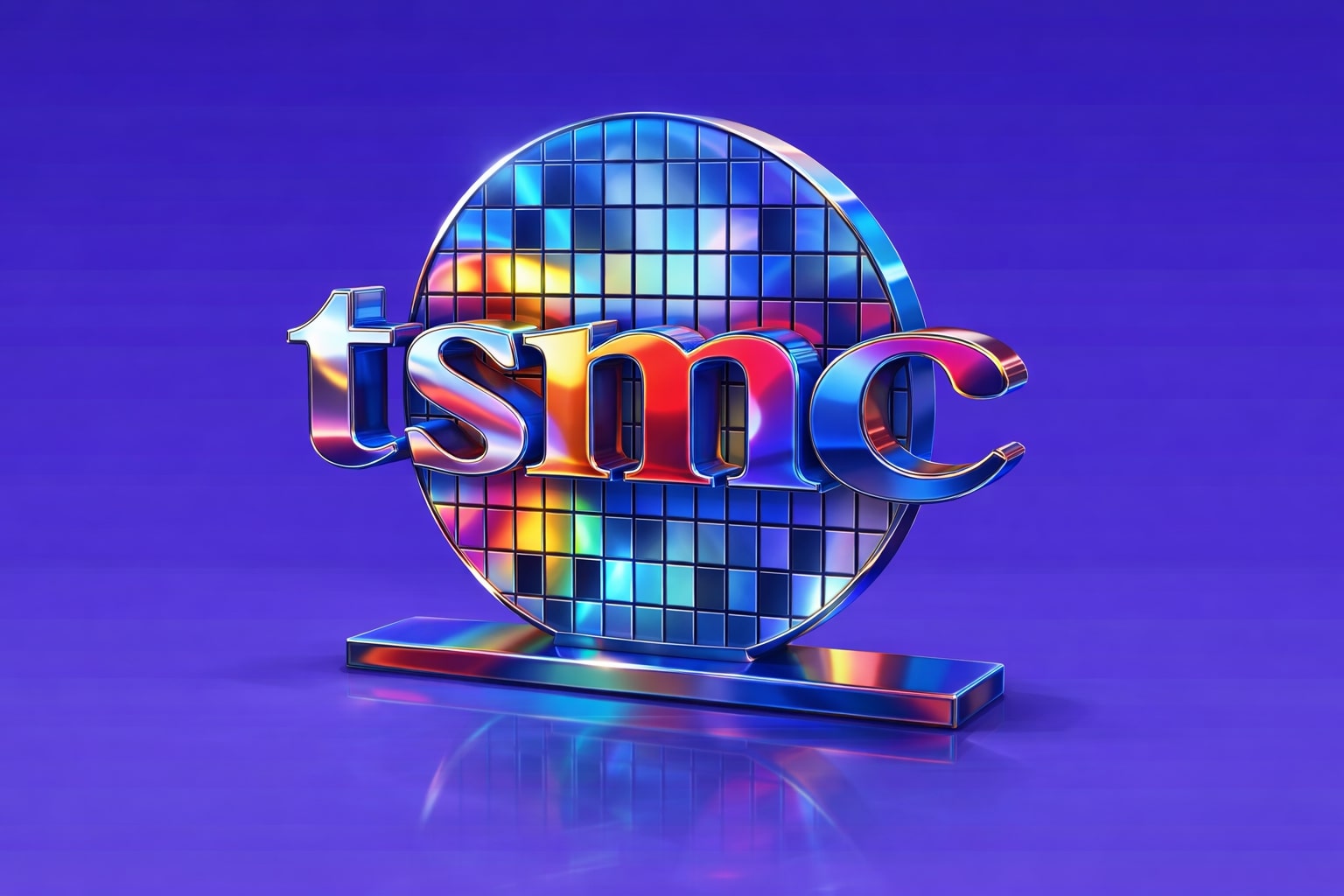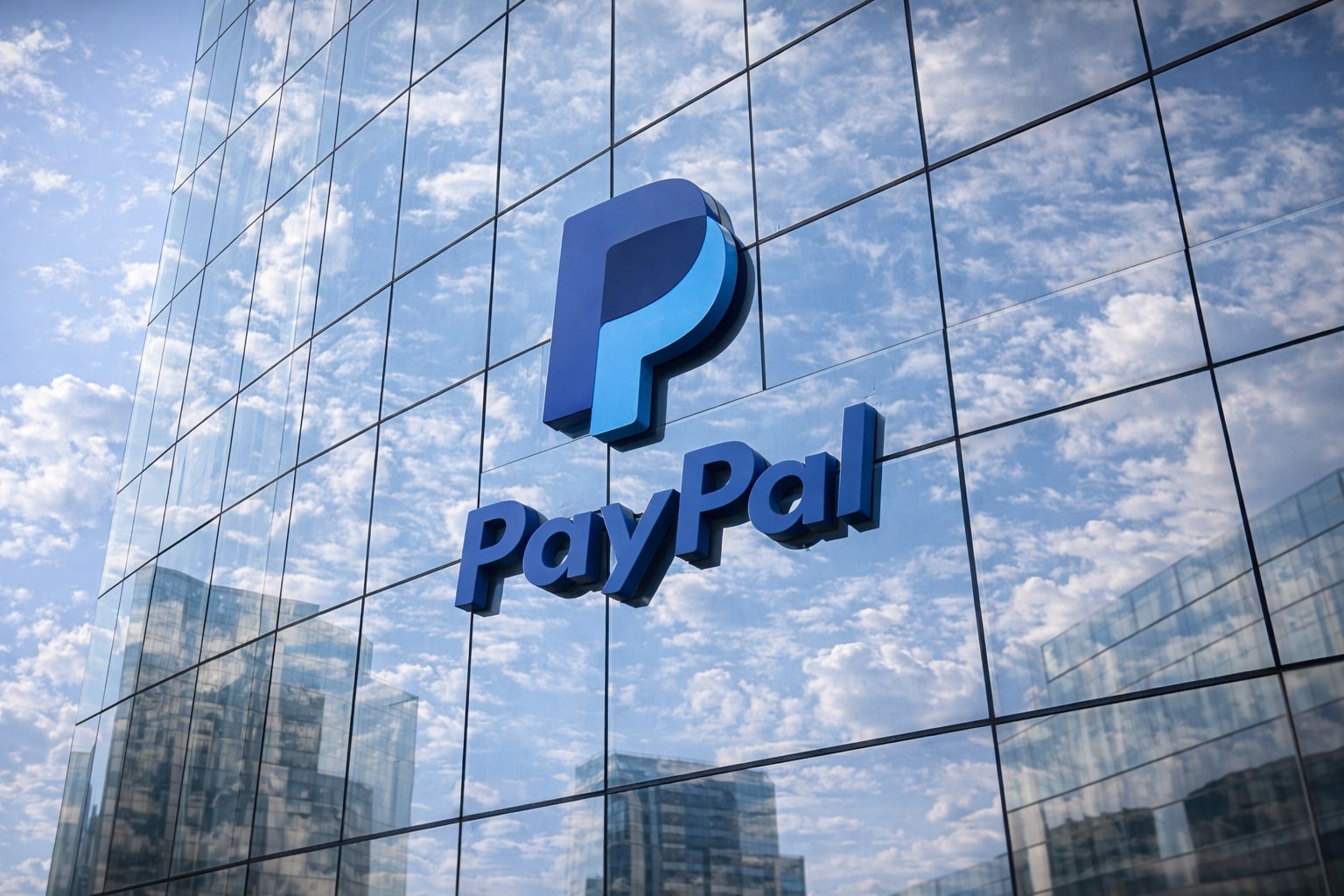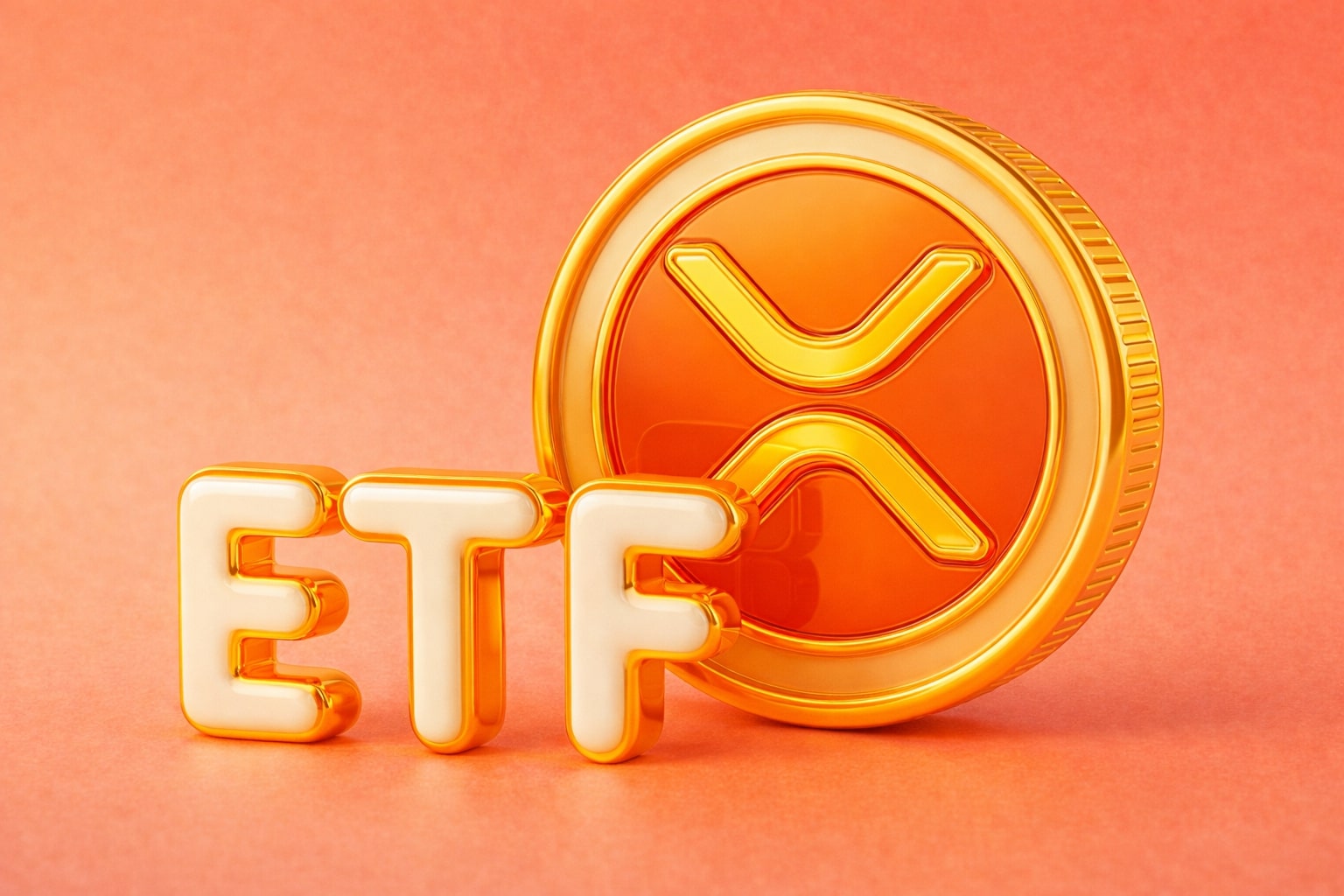NASDAQ:TSLA Stock Battles Lofty Valuation and Musk’s Trillion-Dollar Bet
Tesla Inc. (NASDAQ:TSLA) is trading at $347.69, up 0.37% intraday, sustaining a market capitalization of $1.12 trillion. The company’s valuation is stretched at a trailing P/E of 206 and forward P/E near 137, pricing in not just dominance in EVs but success in robotaxis, humanoid robots, and energy storage. With revenue over the last twelve months at $92.7 billion, Tesla trades at 13.1x sales, far above auto industry norms. For perspective, its profit margin stands at 6.34%, EBIT margin at 4.1%, with net income of $5.9 billion. Such figures leave investors weighing whether the trillion-dollar CEO compensation package ties ambition to performance or magnifies execution risk.
Elon Musk’s $1 Trillion Pay Package and Market Cap Targets
The Tesla board has proposed a performance package that could award Elon Musk 423.7 million restricted shares, roughly 12% of outstanding shares, if Tesla scales to an $8.5 trillion valuation. That would represent nearly an 8x jump from today’s $1.1 trillion. Milestones attached include 20 million annual vehicle deliveries (2024 volumes were 1.8 million), 10 million active Full Self-Driving subscriptions, 1 million robotaxis, and 1 million Optimus humanoid robots sold. Each tranche is tied both to operational outcomes and $500 billion increases in market cap. For Musk, success means becoming the first trillionaire CEO. For investors, it means monumental dilution balanced by the potential for exponential value creation.
Automotive Segment: Pressure and Prospects
Tesla’s automotive revenues fell 16% year-over-year in Q2 2025, with the segment generating $16.6 billion. ASP declines from price cuts and intensifying Chinese competition have weighed on sales. Rivals BYD (BYDDY), NIO (NIO), and XPeng (XPEV) continue to pressure Tesla in China with cheaper EV offerings. Despite these headwinds, Tesla preserved a gross margin of 17.2% and an operating margin of 4.1%, helped by cost reductions. Analysts forecast a rebound, with consensus expecting 20%+ revenue growth in 2026, lifting total sales to $111.5 billion, and EPS recovery to $2.40, up 42% year-over-year. The auto business remains Tesla’s cash engine, but margins must expand dramatically if it is to underpin Musk’s pay package.
Robotaxi Ambition vs. Waymo’s Lead
Robotaxis are central to Tesla’s valuation thesis. Musk projects 1 million robotaxis in service by 2030, with cost per mile dropping to $0.30, enabling 60% EBITDA margins. Revenue potential could exceed $100 billion annually, adding as much as $1 trillion in market cap. Yet Alphabet’s Waymo (GOOG) already provides over 250,000 autonomous rides per week across major U.S. cities, enjoying a first-mover and safety advantage with LiDAR-based systems. Tesla, relying solely on vision-based AI, faces scrutiny over safety. Still, Tesla’s data scale—millions of cars feeding neural networks—could be decisive if its model trains faster and cheaper. Early reports suggest Tesla’s robotaxi pricing is 50% below Uber, creating a cost advantage if regulatory hurdles are cleared.
Optimus Robots and AI Bets
The Optimus humanoid robot is Musk’s boldest claim. Prototypes of Optimus 3 are due by year-end, with production targeted in 2026. Musk estimates up to 1 million units annually by 2030, priced between $20,000–$30,000. Even at 1 million units, revenue is $20–30 billion—small relative to Tesla’s $800 billion revenue target. However, Morgan Stanley estimates the humanoid robot market could hit $5 trillion by 2050, and Goldman Sachs pegs it at $38 billion by 2035. Tesla’s vertically integrated supply chain and compute infrastructure (Dojo supercomputer) may give it scale advantages. Salesforce’s Marc Benioff has already called Optimus a “productivity game-changer.” The challenge lies in turning novelty into profitability before low-cost Chinese rivals commoditize the sector.
Energy Storage and Grid Expansion
Tesla’s energy storage unit, anchored by Powerwall and Megapack, posted weaker revenue last quarter due to pricing declines. But the global storage market could surpass $200 billion by 2034, and Tesla’s leadership position could allow it to become the backbone of renewable grids. Expansion into grid-level projects is critical as Tesla seeks diversified revenue streams beyond autos and robots.
Valuation Framework and Growth Math
To justify an $8.5 trillion valuation, Tesla would need $800 billion–$1 trillion in revenue by 2035. At current 10x P/S, that requires $800 billion sales; at 25x P/S (like Nvidia), it would need $344 billion. Consensus projects $269 billion revenue by 2030, leaving a wide gap. Current EPS of $1.66 gives a trailing P/E of 206, while forecasts for $13.94 EPS by 2030 imply a forward P/E of 24, cheap if Tesla achieves 25%+ CAGR growth. Price targets range widely: Wedbush at $500, Morgan Stanley at $410, and Canaccord at $303, with consensus near $310. Analysts remain split between disruption upside and execution risks.
Insider Transactions and Governance
Musk’s package raises governance questions. The Tesla board remains closely aligned with Musk, including family ties, raising concerns over independence. Insider activity, available here, shows consistent share-based awards driving dilution. With Musk potentially lifting his stake from 13.5% to 28.8%, Tesla’s future is increasingly tied to one individual, amplifying concentration risk.
Technical Picture and Market Sentiment
TSLA trades between $343.82–$350.76 intraday, with the 50-day moving average at $324.49 and the 200-day at $330.33. The stock is on the verge of a bullish golden cross. Year-to-date, shares are up 13.9%, and over the last 12 months, they’ve surged 60.7%, outperforming the S&P 500’s 18.8%. Yet three-year returns lag the index, showing Tesla’s volatility. Short interest is 2.73% of float, modest given Tesla’s history as a short-seller battleground. Beta remains elevated at 2.07, underlining its high-risk profile.
Final Verdict on NASDAQ:TSLA
Tesla’s future rests on transforming from an auto company into a robotics, AI, and energy conglomerate. Musk’s $1 trillion package hardwires ambition into execution, but dilution, competition, and profitability hurdles are real. Current fundamentals—$92.7 billion revenue, $5.9 billion net income, 6.3% margins—do not justify a $1.1 trillion valuation without flawless delivery on robotaxis and Optimus. Still, with forward P/E compressing to 24x on 2030 earnings and early traction in autonomous services, the stock offers asymmetric upside. Based on data and growth trajectory, TSLA is a Buy, with near-term target at $407 per share and long-term potential if milestones align.














